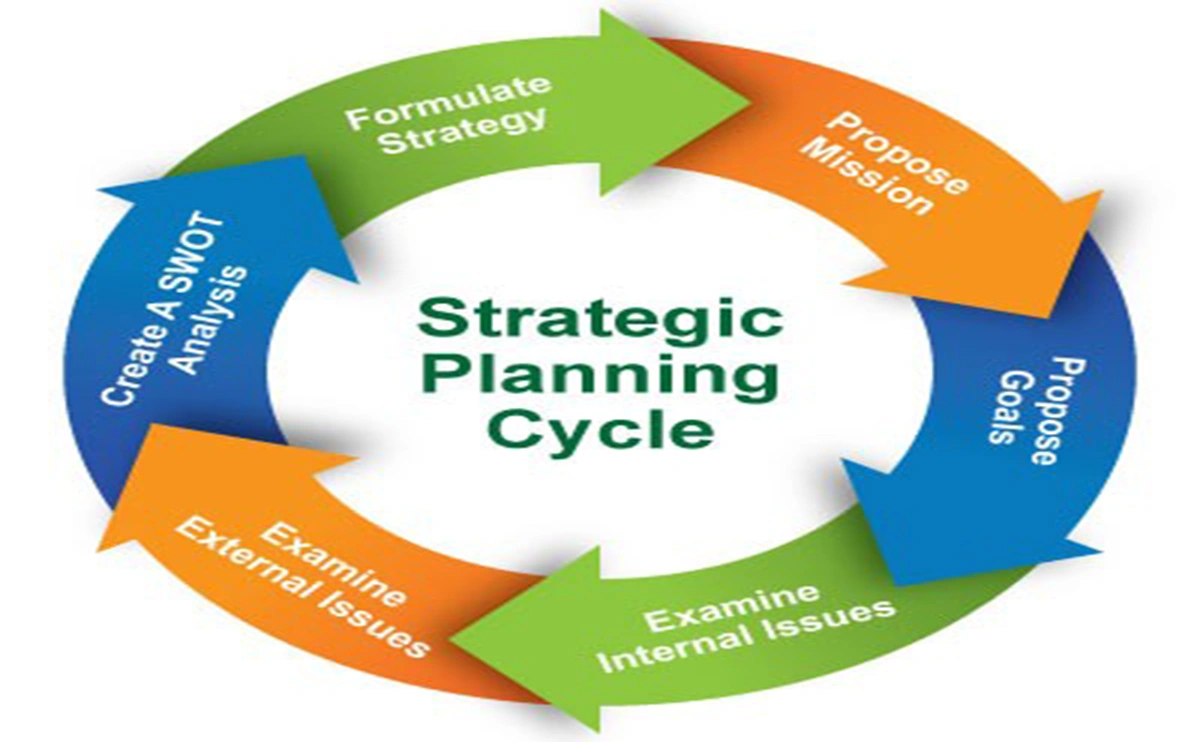In the world of business, reacting to market trends or customer demands isn't enough. True leadership involves proactively shaping the future. That’s where strategic planning comes in—a deliberate, structured process that defines a company's direction and determines how it will allocate resources to achieve its objectives.
Strategic planning is not just a corporate buzzword or an annual boardroom exercise. It’s a foundational aspect of business management that connects vision with execution. In this in-depth guide, we’ll explore how strategic planning works, why it’s essential, the steps involved, tools and frameworks used, and how it drives organizational success.
What Is Strategic Planning in Business Management?
Strategic planning is the process of setting long-term goals for an organization and determining the best strategies and resource allocations to achieve them. It involves analyzing the current state of the business, forecasting future scenarios, and creating a roadmap that aligns the company’s mission, vision, and values with measurable objectives.
Unlike operational planning, which deals with day-to-day activities, strategic planning is focused on the big picture. It typically spans 3–5 years and is revisited regularly to ensure relevance in a changing business environment.
Why Strategic Planning Matters
In today’s volatile, uncertain, complex, and ambiguous (VUCA) world, businesses cannot afford to drift. Strategic planning offers several key benefits:
1. Clarifies Vision and Direction
It aligns the leadership team, employees, and stakeholders around a common mission and long-term goals.
2. Improves Decision-Making
With a clear strategy, managers can make better decisions about investments, hiring, marketing, and operations.
3. Enhances Resource Allocation
Strategic planning ensures that financial, human, and technological resources are directed toward high-priority goals.
4. Strengthens Competitive Advantage
It allows businesses to anticipate market trends, prepare for challenges, and leverage their strengths more effectively than competitors.
5. Fosters Accountability
With well-defined goals and metrics, teams can track progress, make course corrections, and stay focused.
 Project Cloud Sneakers for Women
Project Cloud Sneakers for Women
 Retro Oval 90s Metal Sunglasses for Women
$17.99
Retro Oval 90s Metal Sunglasses for Women
$17.99
 The Holy Bible in Audio
$0.00
The Holy Bible in Audio
$0.00


















